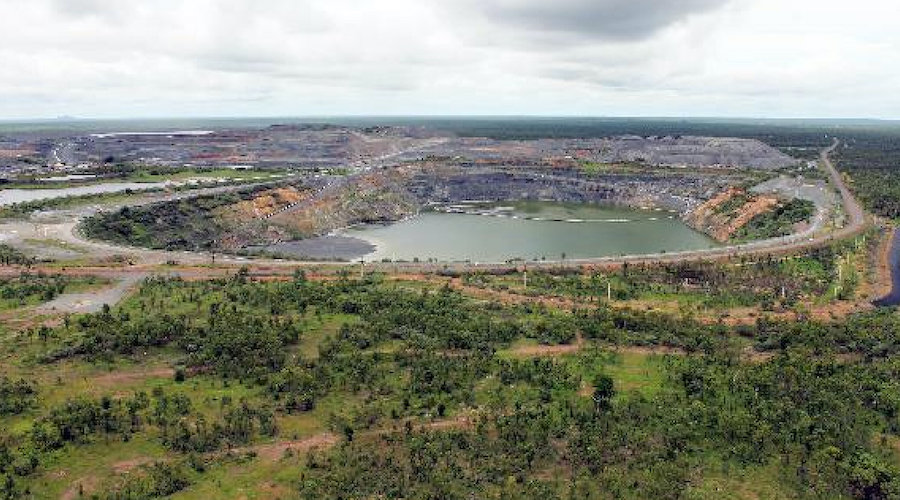Animal biodiversity should be key component of restoration efforts – study

Measuring land restoration efforts should include the target area’s animal biodiversity, a recent study by Charles Darwin University shows.
In the paper, which was published in the journal Restoration Ecology, lead researcher Alan Andersen notes that specific standards are required for assessing how well animal communities have been restored.
“Animal biodiversity is critical if the goal is full ecosystem restoration,” Andersen said in a media statement.
“Typical land restoration criteria have focused on vegetation and soil, often with little consideration of animal diversity.”
According to the scientist, it is important to include a wide variety of animals, not just because of their intrinsic biodiversity value but also because of the many ecological roles they play in land reclamation processes.
“However, up until now there has been no framework for doing this,” he said.
Andersen and his team, thus, developed a new framework that covers which animals to measure, how they should be measured and how similar they should be to a completely restored ecosystem.
The framework was applied to the Ranger uranium mine near Kakadu, in Australia’s Northern Territory. The mine has a restoration program aiming to return the site to an environment similar to that in the surrounding Kakadu National Park—akin to “full recovery” based on the standards set forth by the Society for Ecosystem Restoration.
The success of the program would mean that the assessment framework can be applied to any ecosystem worldwide, Andersen pointed out.
“Specific standards of evaluating returning animal populations can be set to suit any level of restoration, no matter where it is,” the researcher said.
{{ commodity.name }}
{{ post.title }}
{{ post.date }}


Comments